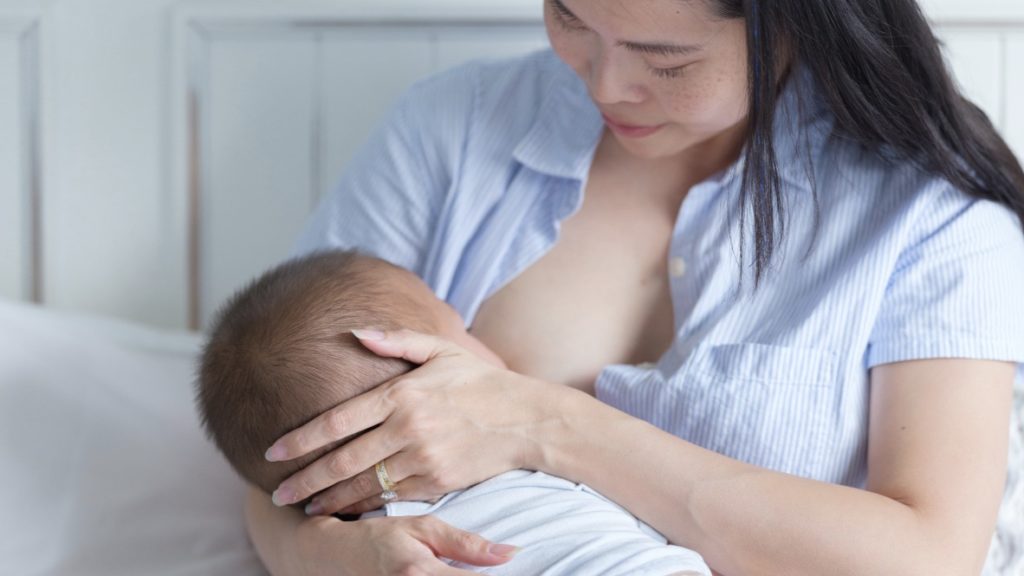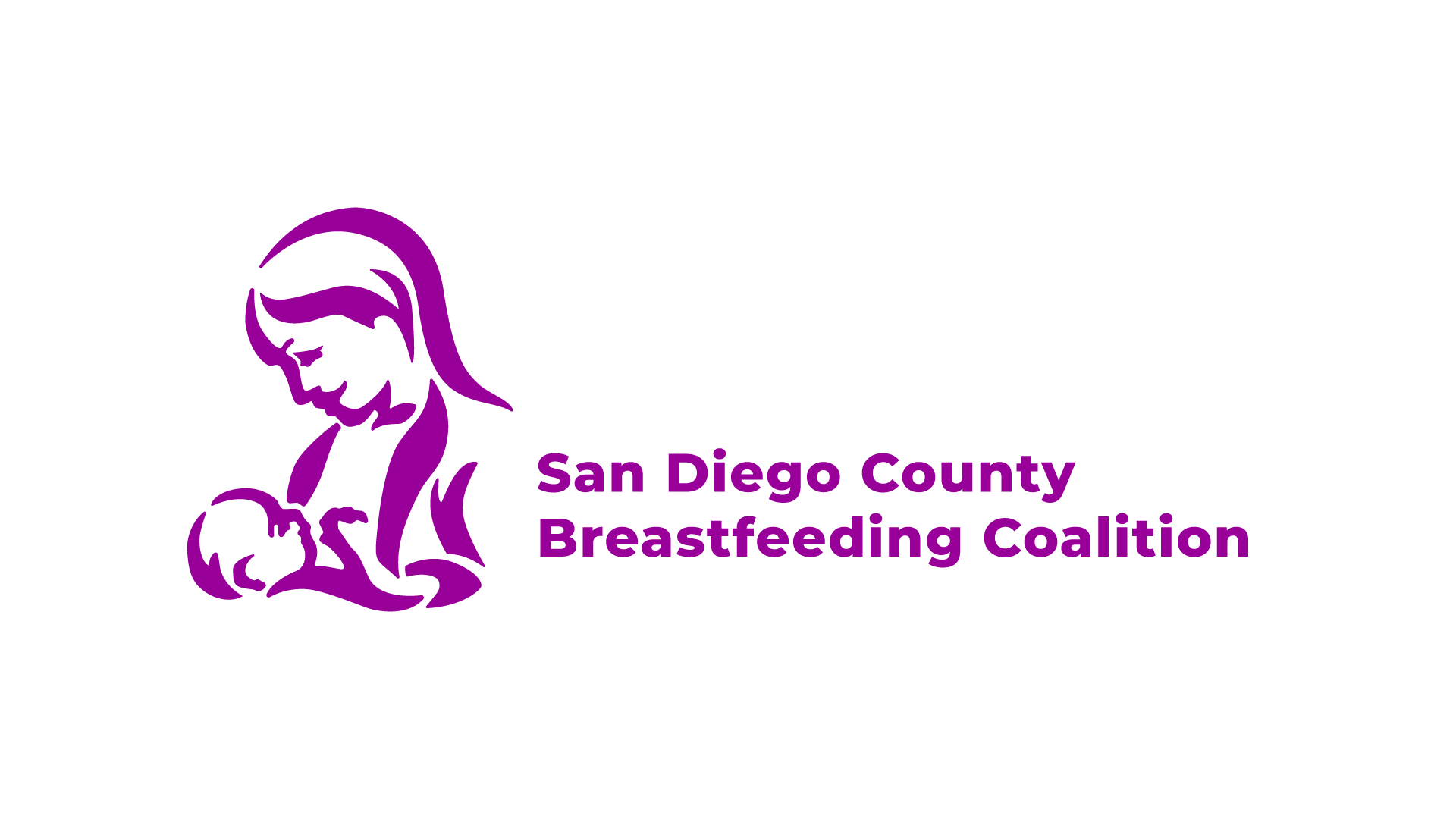We Knew What Is Relactation. Now We Know How.
In the past year, formula shortage has caused moms across the US to relactate to feed their babies.
Relactation is when moms start breastfeeding again after a gap. That gap might be as little as a few days, or as long as several weeks or even months. There are different reasons why moms want to relactate, including changing their minds about breastfeeding, separation from their babies due to illness or emergencies, or babies being sensitive or intolerant to infant formulas.
Relactation generally works best if the mom either gave birth fairly recently, especially if the baby is less than three months old, or the mom has only stopped nursing for a short period of time.
With that being said, relactation can be a time-consuming process and the results may vary. But it’s doable. Personally, I have successfully relactated when my baby was two years old and when I stopped nursing for six months! It was an amazing experience.

I’m never quite sure how it happened. All I knew was that I had to stop breastfeeding due to a medical emergency—I had a procedure to remove a benign tumor in my left breast when my baby was 18 months old. That was unexpected. I planned to breastfeed him for at least two years, as recommended by WHO and AAP. Unfortunately, it hurt so badly to breastfeed in the first days after the surgery and my milk supply went down so dramatically that I had to stop.
But! Just as unexpectedly, my baby relactated himself half a year after the weaning! When I took my 2-year-old baby on a 3-long-week business trip to Asia, he seemed to be very uncomfortable all the way there. He wouldn’t sit by himself on the airplane and demanded breastmilk. He finally latched on.
During the next three weeks, he often sought breast for comfort in the strange environment. And then, my body started to make milk again! Starting the second week, I could feel my breast tissue filling with milk around bedtime. By the third week, my boob would leak when he was sucking on the other boob. That was such a fabulous experience that I don’t think I’ll ever forget!
When it comes to relactation, while some mothers might struggle to return to exclusive breastfeeding, most mothers will produce at least some milk. And we now know the science behind relactation!
A new study from the University of Sheffield has identified a protein that supports milk production after a pause in breastfeeding. Published in January in PLOS Biology, the research found a “fail-safe mechanism” for breastmilk production.
If an infant has been breastfed, once he progresses to solid foods, a molecular process commences in the breast tissue. Ultimately, the production of breastmilk winds down, and milk-producing mechanisms are dismantled via cellular suicide, removing the redundant tissue. However, if the infant resumes sucking, the process can be reversed, “kickstarting” breast milk production once again.
The researchers found Rac1, a key player for kickstarting breastmilk production. The research team utilized mammary glands from mice for their research. This laboratory model is a suitable choice due to the structural similarity between mouse and human mammary glands. In mammary epithelial cells (MECS), the researchers found that the presence of a protein called Rat1 causes autophagy, which is a cannibalistic process whereby cells eat their own constituents in an effort to survive.
And some half-dead, half-alive less experiencing autophagy can be brought back to life, enabling milk production once again when the infant sucks on the breast. However, this process can only occur if Rac1 is present.
“We have discovered that Rac1 acts as a nexus, controlling both the rate and balance of cell death and progenitor cell division in involution. Without Rac1, cell turnover accelerates with consequences on mammary gland remodeling in the irreversible phase,” wrote the authors.
The ability of breast tissue to recommence milk production is important for the survival of mammals, including human beings, said Dr. Nasreen Akhtar, the lead researcher, “If a nursing mammal was separated from her pups for longer than expected whilst foraging, the would still be able to feed once reunited.”

